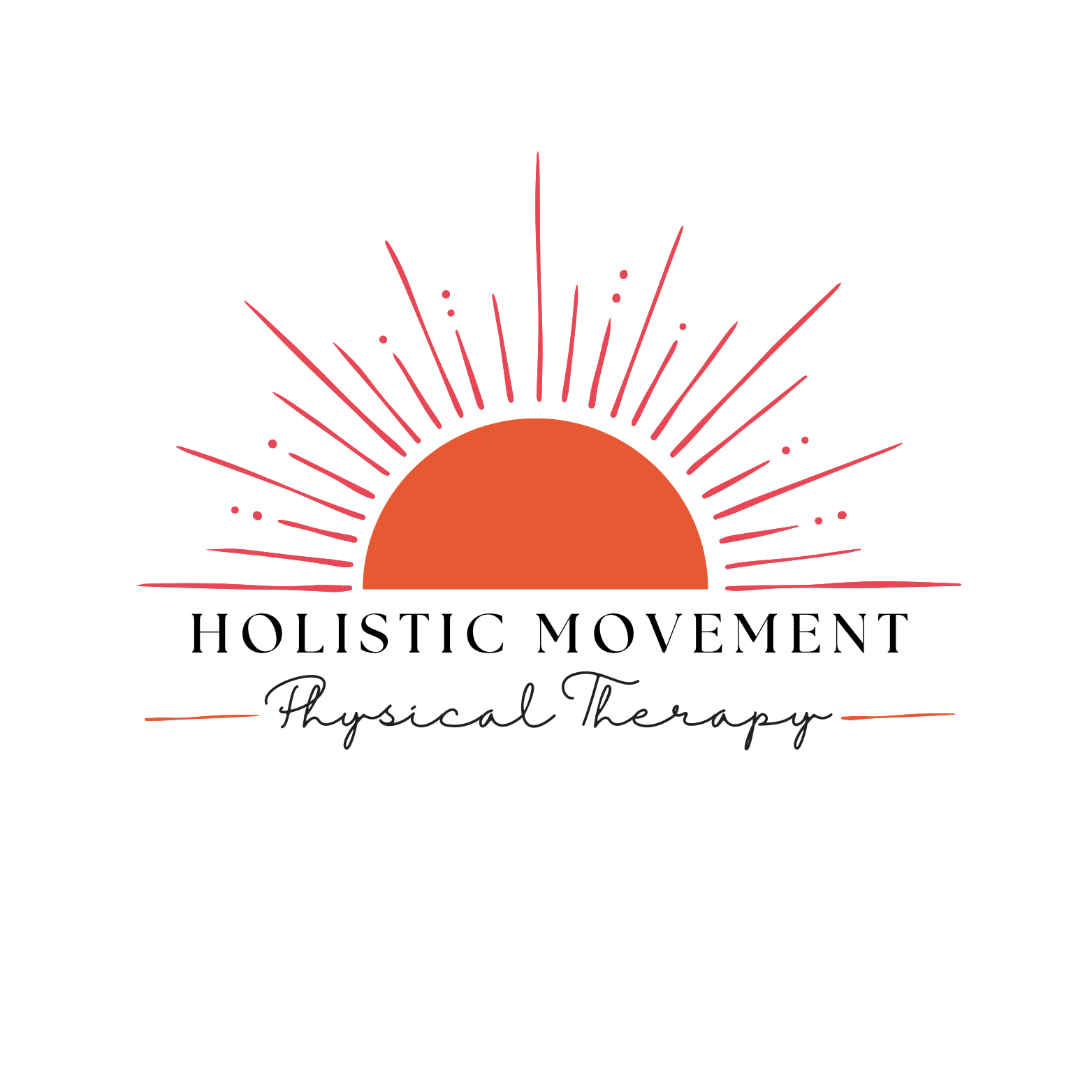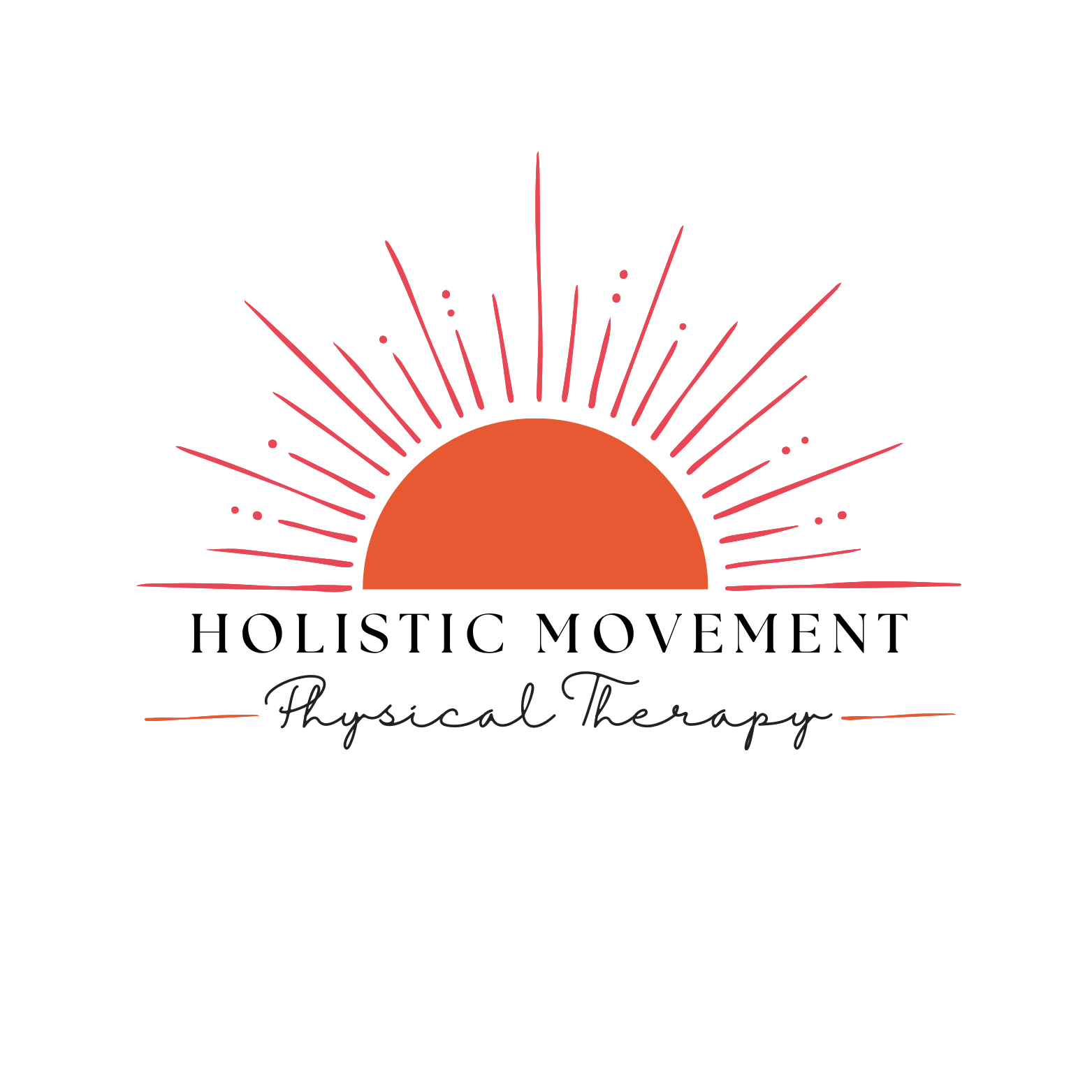FAQs
-
My pediatrician said we should wait and see, how long should we wait?
It all depends on the age of your child and what you are waiting and seeing about. For example, if your child is not sitting yet and they are 6 months old, tummy time is difficult, and your baby is not attempting to roll compared to if your child loves tummy time and is rolling all over the place to get around... waiting and seeing for the first scenario is very different than the second.
Dr. Hazel Legaspi likes recommending parents look at pathways.org to look at developmental milestones and is a great talking point when discussing concerns about your child with their pediatrician.
-
Do you accept my insurance?
Holistic Movement Physical Therapy, Inc. is out of network for all insurances. We use Thrizer, a platform to process credit card payments as well as OON (out of network) billing. This saves you time from submitting claims yourself. Thrizer will do the work to process OON claims and reimburse you directly. You simply fill out an account profile from an email link we send you. You provide your insurance and credit card information and Thrizer and I do the rest.
Keep in mind, reimbursement amounts and claim approvals are dependent on the specifics of your insurance provider. Thrizer simply takes the work of processing it for you.
There is a 5% fee (of the session rate) if you choose to pay your co-insurance for the session while you wait for reimbursement. OR you can pay upfront out of pocket with zero fee and wait for possible reimbursement.
-
What type of payment methods do you accept?
Cash, Zelle, check, HSA/FSA, and credit cards.
We also accept grant payment. Check out the RESOURCES tab for grant information to find possible grants available for your child.
Generally, initial evaluation is paid for by the family and then information is sent to the foundation of choice by the family for processing. -
Do you have experience working with children who have complex medical conditions?
Yes, Dr. Hazel Legaspi has worked in various settings including one of the largest CA birthing hospital's NICU and High Risk Infant Follow Up Clinic, and outpatient pediatrics.
She has experience working with the following conditions:
Extreme prematurity
Neonatal feeding difficulty
Difficulty bottle and breast feeding
Special feeding (ng, g-tube)
GERD
Reflux
Neonatal HIE
Hypertonia
Hypotonia
Spasticity
Torticollis
Plagiocephaly
Clubfoot/feet
Leg length discrepencies
Hip Displagia
Brachial Plexus injuries, Erb's palsy
Seizure disorders
In utero exposure to drugs
Coordination disorder
Attention deficit disorders
Autism
Down Syndrome
Toe walking
Clumsiness
Global developmental delays
Sensory sensitivity
Visual impairments
Cortical blindness
Auditory impairments
-
Can you tell me more about your education and experience as a PT?
Dr. Hazel Legaspi has been working with children and their families since 2010. She is fascinated by the human body and the mind's ability to adapt and change.
Dr. Hazel Legaspi has a Bachelor of Science Degree in Neurobiology, Physiology, and Behavior from UC Davis. She earned a Doctorate Degree in Physical Therapy from Mount Saint Mary's University and is current and up to date as a CA Board Licensed Physical Therapist.
She has worked with children in all settings including the home, inpatient, NICU, outpatient pediatrics, spina bifida and high risk follow-up clinics. Dr. Hazel Legaspi has clinical experience and training to improve motor developmental milestones including infant feeding and gross motor mobility.
She continues to further her manual skills through investing in trainings and courses.
She is trained in John F. Barnes Myofascial Therapy and has completed Dr. Gillespie's CFT training.Dr. Hazel Legaspi is also a proud mom! Her son keeps her on her toes and keeps her creative mind sharp for new ways to make treatments fun.
-
My child has worked with PTs, OTs, and SLPs before and hated it. How will working with you be different?
My experience with working with children is that you have to give them space and the time to trust that you aren't there to force anything on them. If they feel safe, they will want to explore and get moving.
Therapy is can be hard work but it should NOT be torture. My approach is to allow a child to explore and guide them towards having a fun time discovering, moving, playing. As I learn what your child enjoys, I use that to guide our sessions. By doing this, there is an inner drive to want to move and this is how motor learning happens best. I can then facilitate the best alignment to encourage optimal neuromuscular and musculoskeletal development.
-
When is the best time to start services?
The sooner the better. Especially in the first two months of a baby's life if conditions such as head turning preference, flattening of the head, floppiness/stiffness, or if moving one hand more than the other are observed.
It's also important because every three months of the first year of your baby's life there are key milestones that babies typically develop. Each milestone builds upon the previous three month's abilities. If a child starts falling behind on more than 3 months worth of important milestones, it can cause further delays for the next set of activies.
Skills for moving, playing, and communicating are all linked to each other. If your child is having difficulty holding their head up in tummy time, it not only affects their head control but can also impact their eye hand coordination and even their endurance and speech abilities later on.
Copyright Holistic Movement Physical Therapy, Inc. 2025
(Previously Dr. Legaspi Synergy Physical Therapy)
Pediatric & Family Physical Therapy
in the Comfort of Your Home!
info@holisticmovementpt.com






